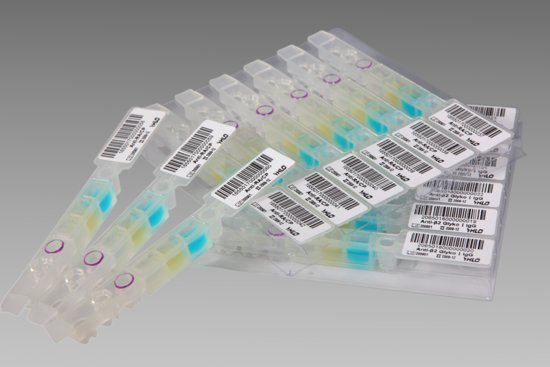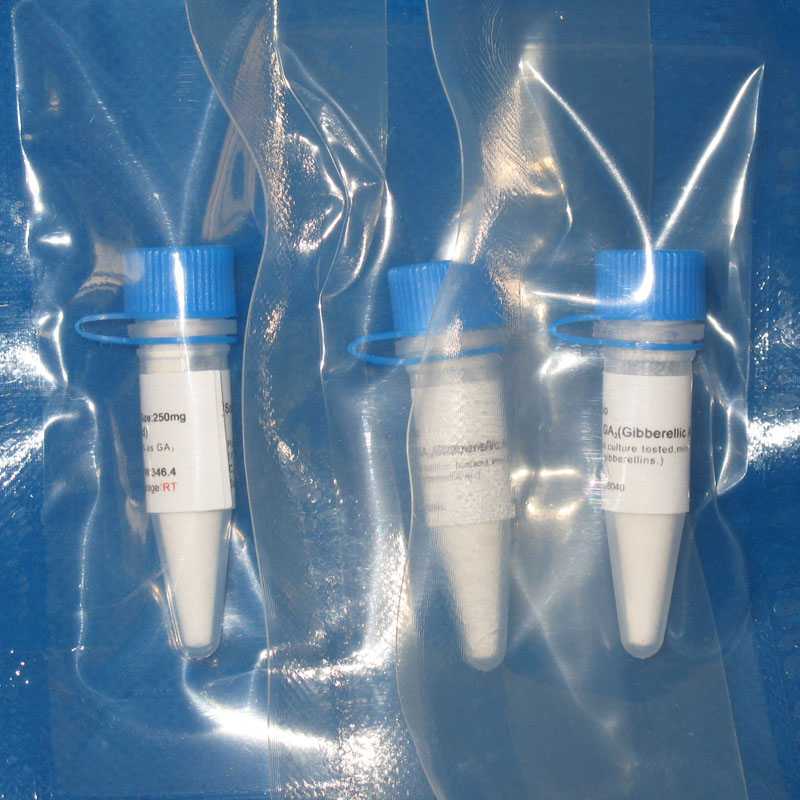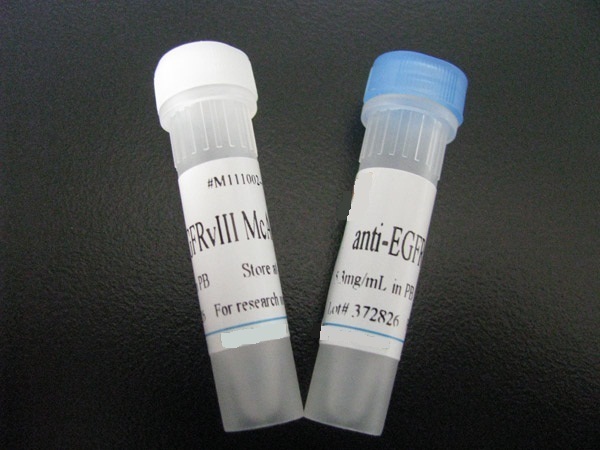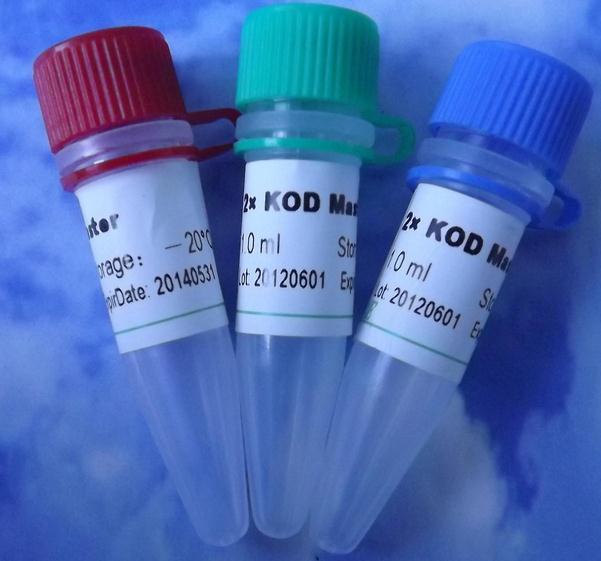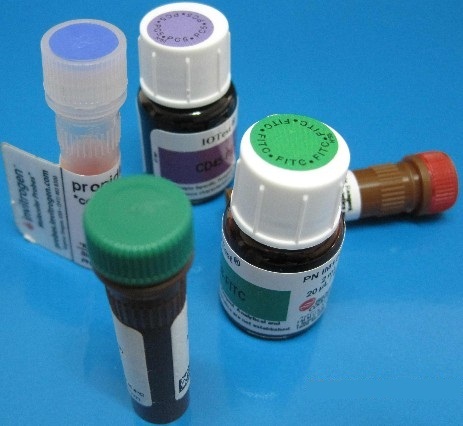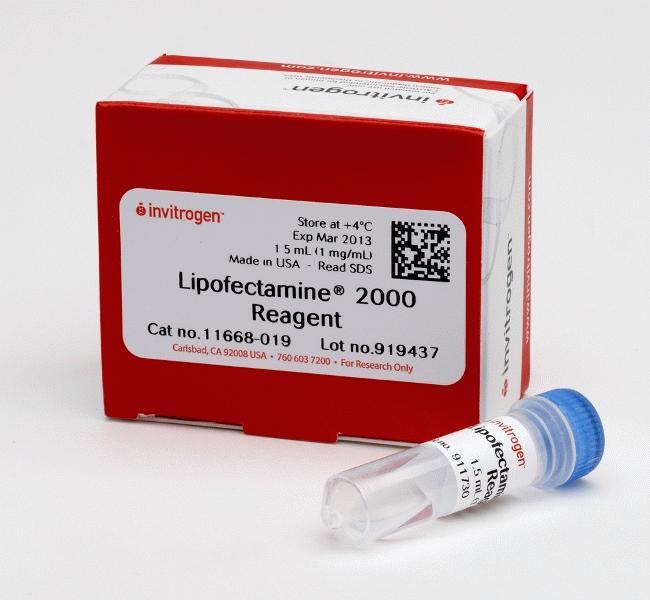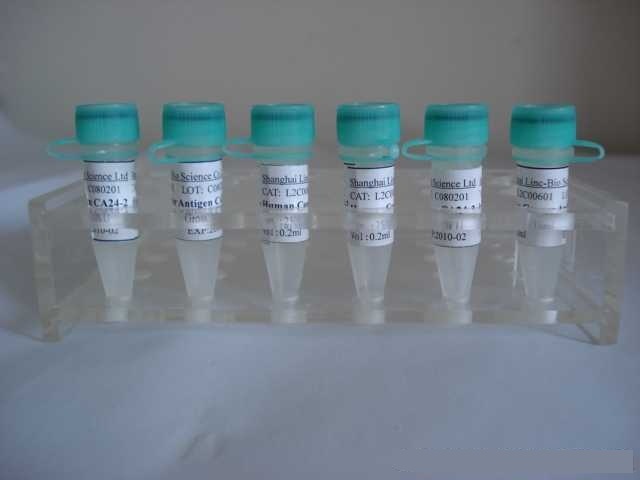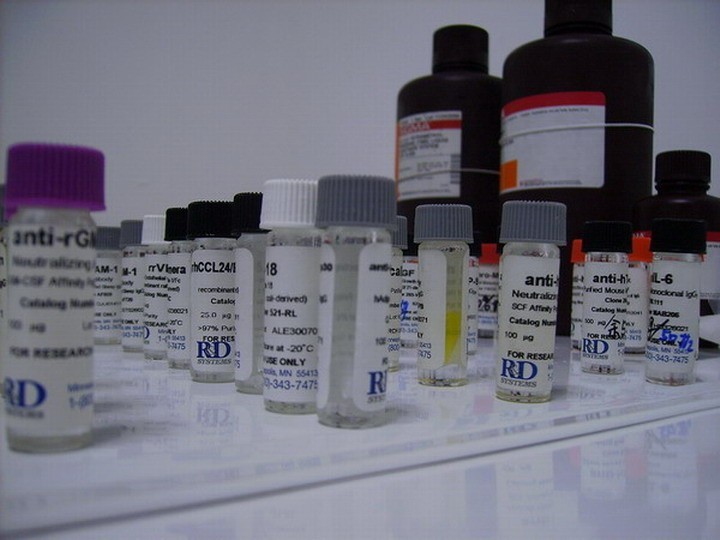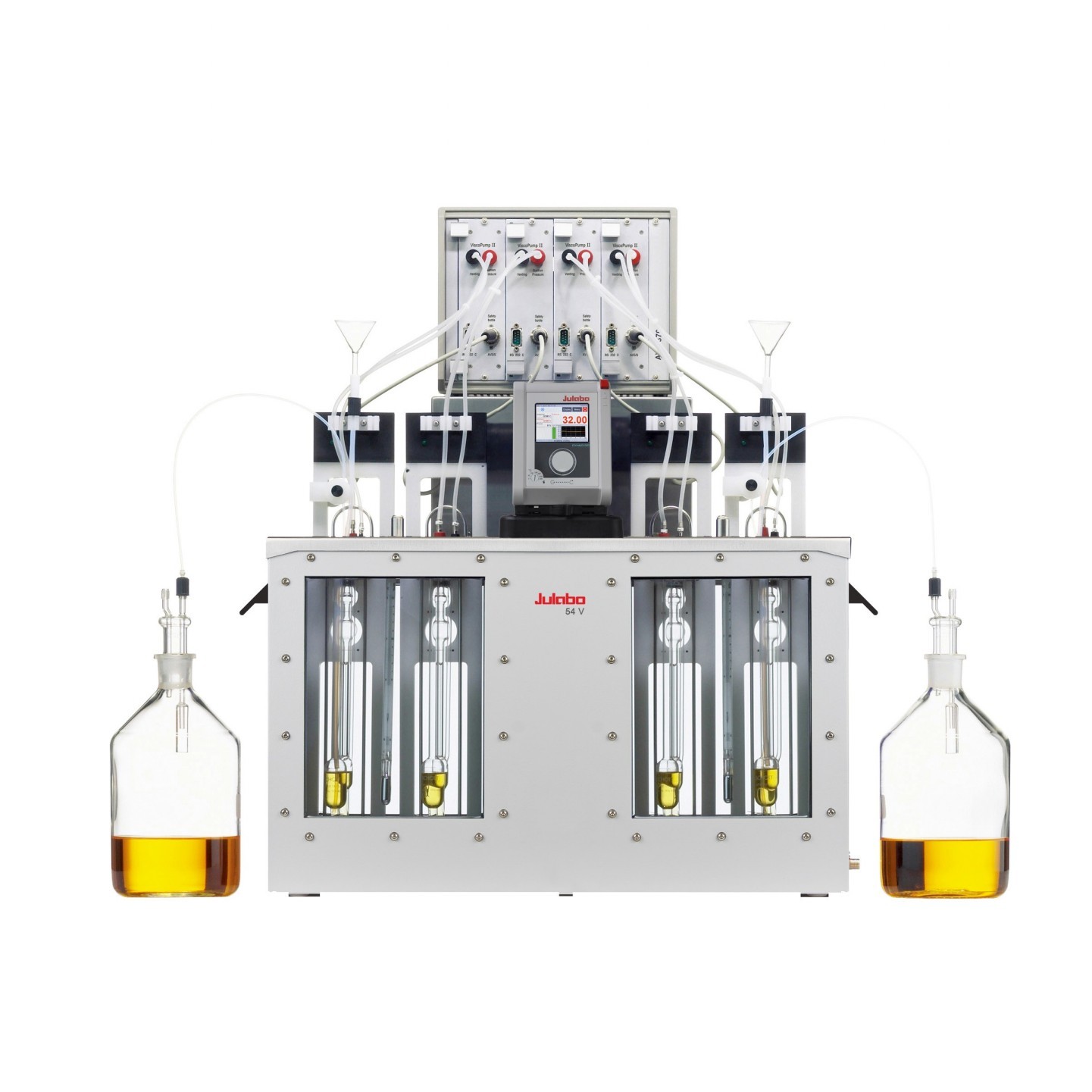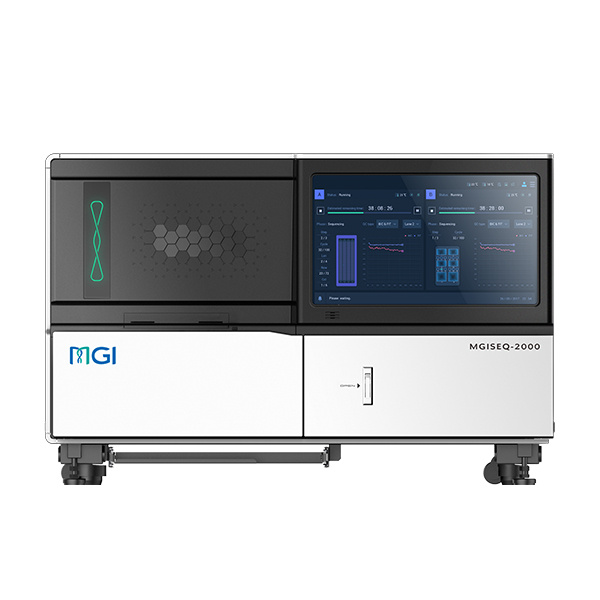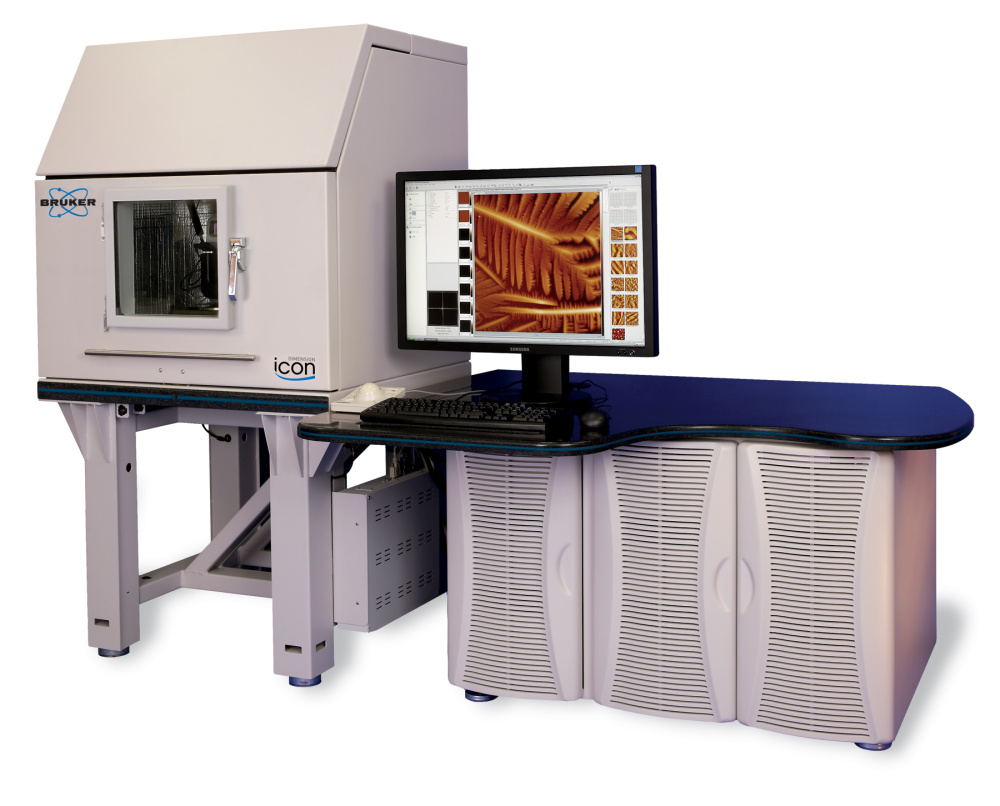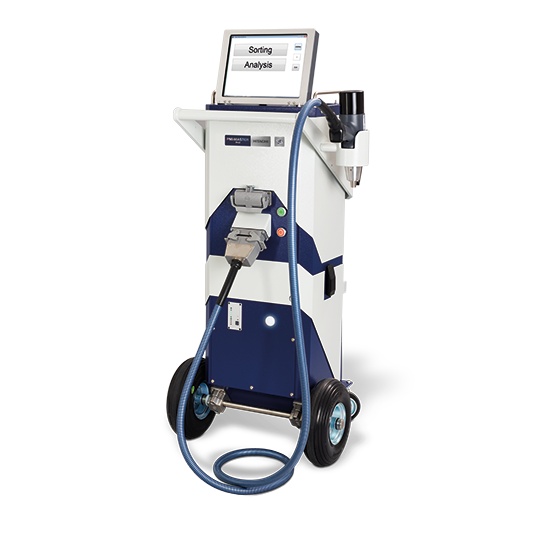英文名称 Anti-ASGPR1/ASGR1
中文名称 唾液酸糖蛋白受体1抗体
别 名 ASGR; Asgr1; ASGPR1; Asgr; Asgr-1: MGC108731; RATRHL1; RHL1; ASGR1_HUMAN; Asialoglycoprotein receptor 1; ASGP-R 1; ASGPR 1; C-type lectin domain family 4 member H1; Hepatic lectin H1; HL-1.
浓 度 1mg/1ml
规 格 0.1ml/100μg 0.2ml/200μg
抗体来源 Rabbit
克隆类型 polyclonal
交叉反应 Human, Mouse, Rat, Pig, Cow, Horse, Rabbit
产品类型 一抗
唾液酸糖蛋白受体1抗体研究领域 免疫学 结合蛋白 糖蛋白
蛋白分子量 predicted molecular weight: 32kDa
性 状 Lyophilized or Liquid
免 疫 原 KLH conjugated synthetic peptide derived from human ASGPR1
亚 型 IgG
纯化方法 affinity purified by Protein A
储 存 液 0.01M PBS, pH 7.4 with 10 mg/ml BSA and 0.1% Sodium azide
产品应用 WB=1:100-500 ELISA=1:500-1000 IP=1:20-100 IHC-P=1:100-500 IHC-F=1:100-500 Flow-Cyt=1:100-500 ICC=1:100-500 IF=1:100-500
(石蜡切片需做抗原修复)
not yet tested in other applications.
optimal dilutions/concentrations should be determined by the end user.
保存条件 Store at -20 °C for one year. Avoid repeated freeze/thaw cycles. The lyophilized antibody is stable at room temperature for at least one month and for greater than a year when kept at -20°C. When reconstituted in sterile pH 7.4 0.01M PBS or diluent of antibody the antibody is stable for at least two weeks at 2-4 °C.
Important Note This product as supplied is intended for research use only, not for use in human, therapeutic or diagnostic applications.
唾液酸糖蛋白受体1抗体产品介绍 ASGR is a heterooligomeric receptor that is abundantly expressed on the sinusoidal surface of the hepatic plasma membrane. It is an endocytic receptor that rapidly binds and internalizes galactose-terminated glycoproteins (asialoglycoproteins or ASGP) from the circulation. The mouse ASGPR belongs to the long-form subfamily of the C-type/Ca2+ dependent lectin family. It is a complex of two noncovalently-linked and highly homologous subunits, a major 42 kDa glycoprotein ASGPR1(MHL-1) and a minor 51 kDa glycoprotein ASGR2 (MHL-2). ASGPR1 is synthesized as a type II transmembrane protein that contains a cytosolic N-terminal domain, a single transmembrane segment, and an extracellular domain which contains two important structural regions. The first is a stalk domain that contributes to noncovalent oligomerization, and the second is a Ca2+-dependent carbohydrate binding domain at the very C-terminus that is unusually stabilized by three ions. The aa sequence of mouse ASGPR1 ECD is 89% and 79% identical to the ASGPR1 ECD of rat and human, respectively.
Function : Mediates the endocytosis of plasma glycoproteins to which the terminal sialic acid residue on their complex carbohydrate moieties has been removed. The receptor recognizes terminal galactose and N-acetylgalactosamine units. After ligand binding to the receptor, the resulting complex is internalized and transported to a sorting organelle, where receptor and ligand are disassociated. The receptor then returns to the cell membrane surface.
Subunit : Interacts with LASS2.
Subcellular Location : Membrane; Single-pass type II membrane protein.
Tissue Specificity : Expressed exclusively in hepatic parenchymal cells.
Post-translational modifications : Phosphorylated on a cytoplasmic Ser residue.
Similarity : Contains 1 C-type lectin domain.
Database links : UniProtKB/Swiss-Prot: P07306.2 human
UniProtKB/Swiss-Prot: P34927.4 mouse
抗体应在(-20℃)中冷冻干燥或浓缩的液体形式,直到需要,避免反复冷冻/解冻周期,降低抗体含量和浓度。相反,冻结在单次使用的等分试样重组抗体或添加防冻剂(甘油或乙二醇),从而使料液可以保持在-20℃下为液体形式,以使移液没有“解冻”。
![]()



